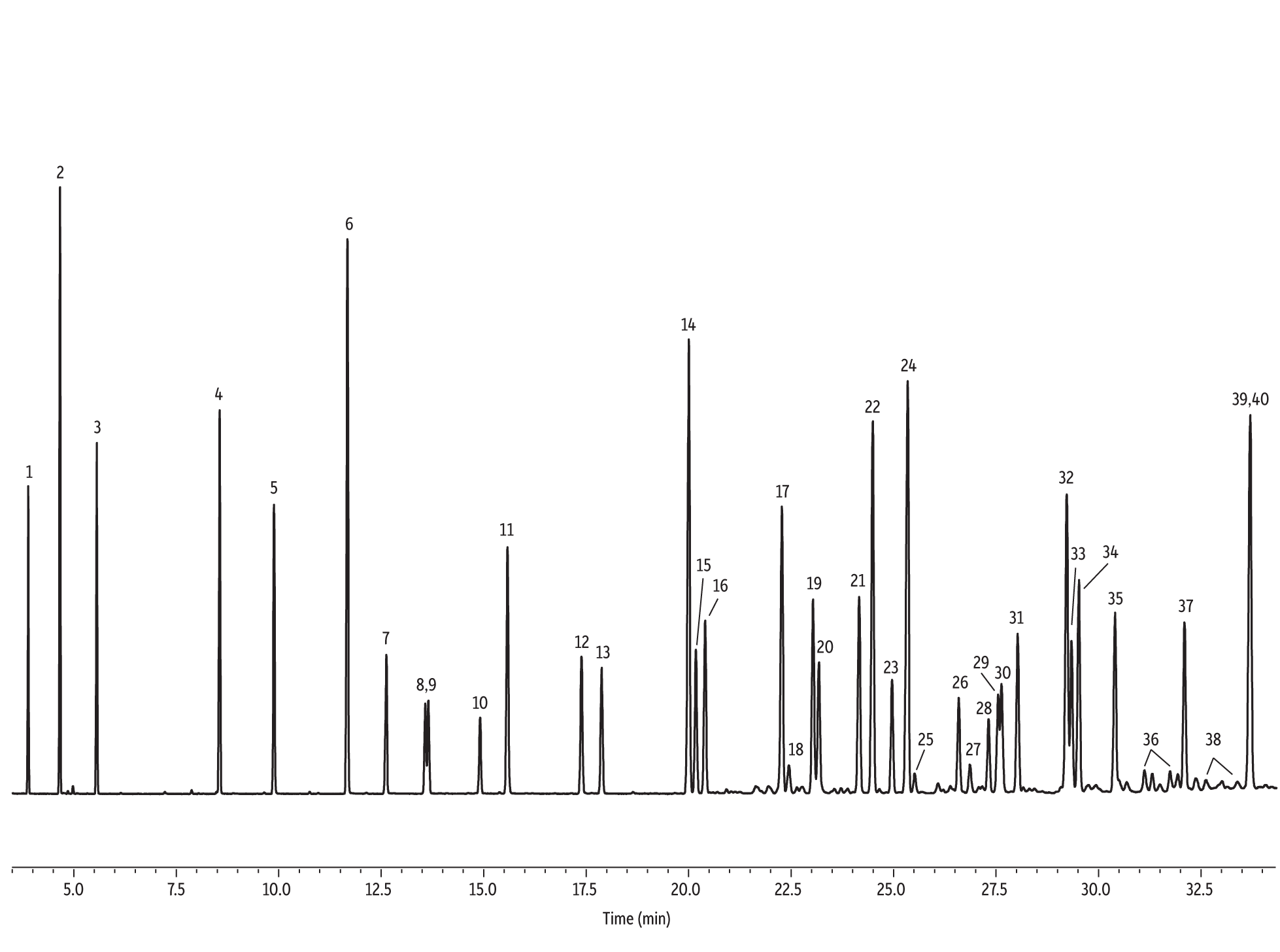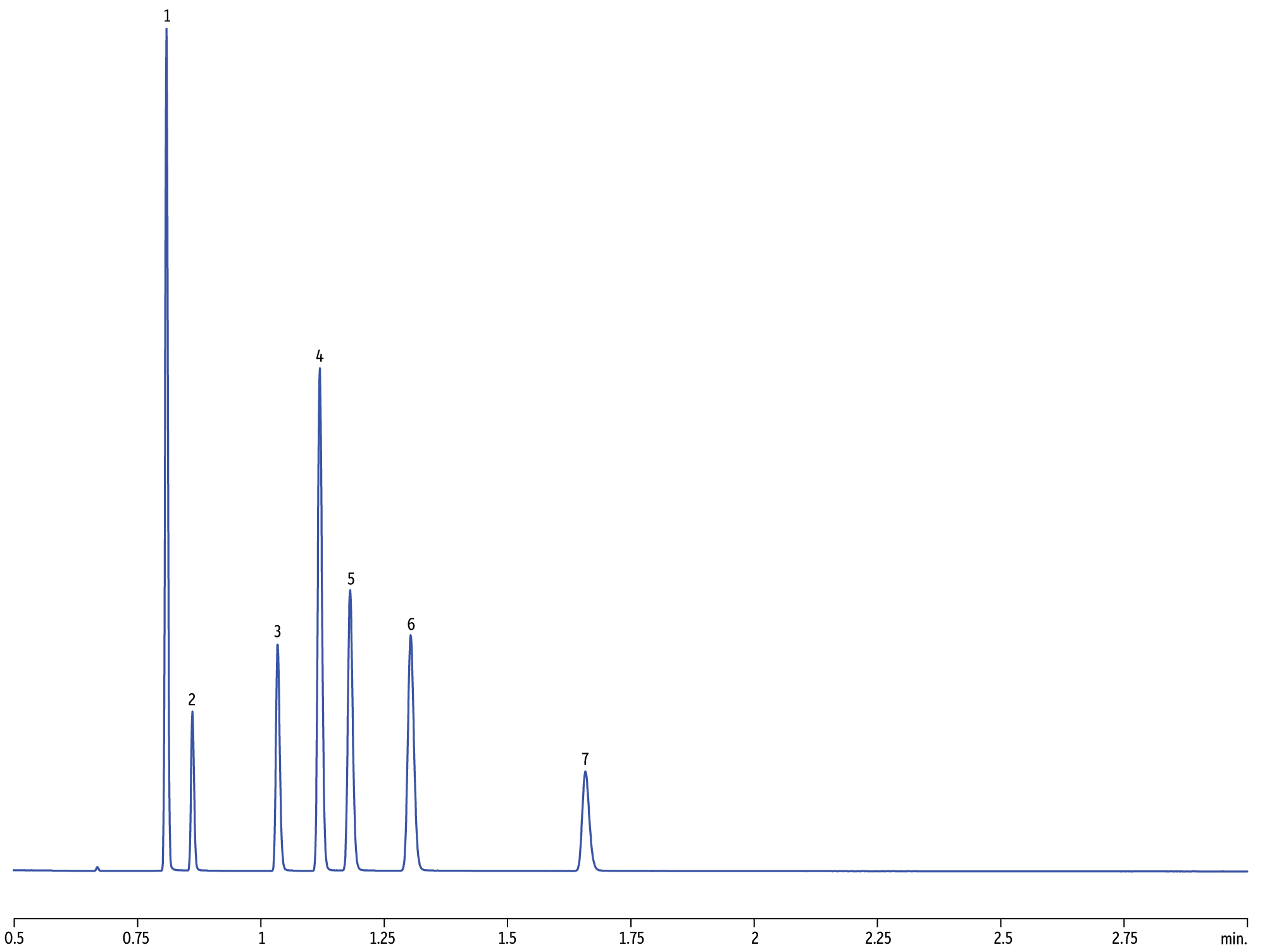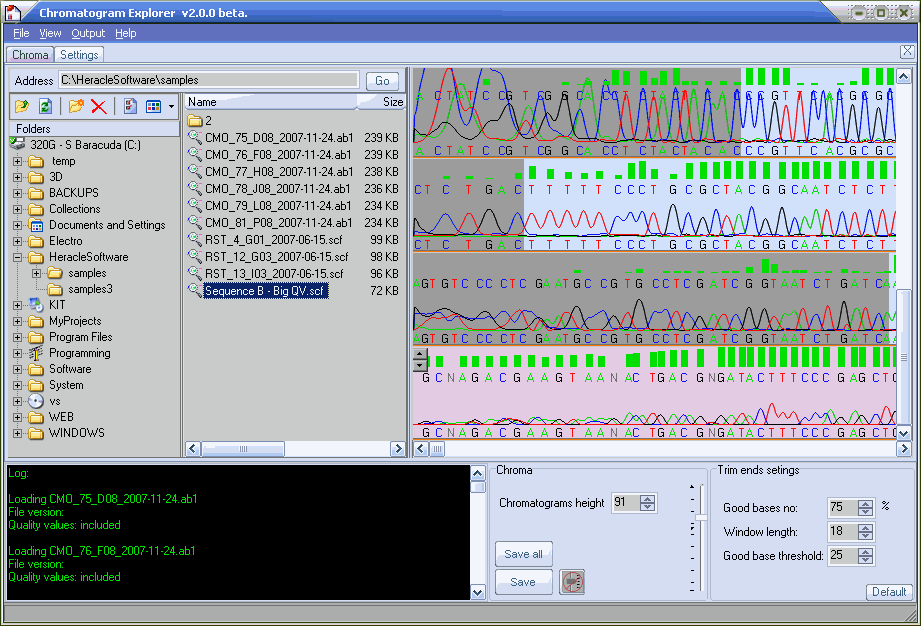

The revenue from the food and beverages industry in the United States is estimated to reach USD 21,320 million in 2021. In 2020, spending increased by 3.5% reaching a total of USD 539 billion. The nominal spending on medicines in the country has been growing at a rapid rate since the past several years. According to the IFPMA, the share of the pharmaceutical industry in the United States is expected to increase from an estimated 40.3% in 2015 to 41% in 2020. The pharmaceutical sector, being the largest in the world, has been one of the major industries in the United States, as well as one of the most R&D intensive industries in the country.

The United States stood as the largest consumer of chromatography reagents. This has increased R&D investments into the pharmaceutical industry for drug discovery and production, which has further increased the demand for chromatography techniques and reagents in the region. With the increase in the aging population in the region and the rising number of critical diseases, healthcare expenditure has increased significantly in the region.

The increased adoption of chromatography technique, majorly in food and beverage and pharmaceutical industries, drives the demand for chromatography reagents in the region. North American region dominated the global market share. North American Region to Dominate the Market Residual solvent analysis, analysis of diverse functional groups, analysis of drugs of abuse, and determining the identity of natural products, including complicated mixtures of related compounds, are some of the applications of GC in pharmaceutical sectors. The basic principle and separation technique of GC are outlined in the GC section of the United States Pharmacopeia (USP) 27 Chapter. This chromatography technique is commonly utilized in pharmacokinetics, bioassays, and metabolic research, owing to its great sensitivity and selectivity. The first step in drug development is to find a therapeutic molecule, which can be done utilizing the fast or ultra-quick HPLC chromatography technique for separation and high-throughput screening. During the research, development, and production of medicine, this is used either in the active pharmaceutical ingredient or in the formulations. The HPLC chromatography technique is the most important analytical techniques used in the pharmaceutical business for identifying and quantifying pharmaceuticals. Various technological equipment and analytical procedures, including liquid chromatography, are used by researchers, manufacturers, and developers during the development process to ensure that the goods meet the requirements.Ĭhromatography is used in the pharmaceutical industry for a variety of purposes, including identifying and analyzing samples for the presence of chemicals or trace elements, preparing large quantities of extremely pure materials, separating chiral compounds, detecting mixture purity and unknown compounds present, and drug development.

To ensure the least risk to patients, all pharmaceutical products must be of the highest quality. The pharmaceutical industry is one of the most regulated industries worldwide, since the drug products must be safe and effective. Pharmaceutical Segment to Dominate the Market Demand


 0 kommentar(er)
0 kommentar(er)
